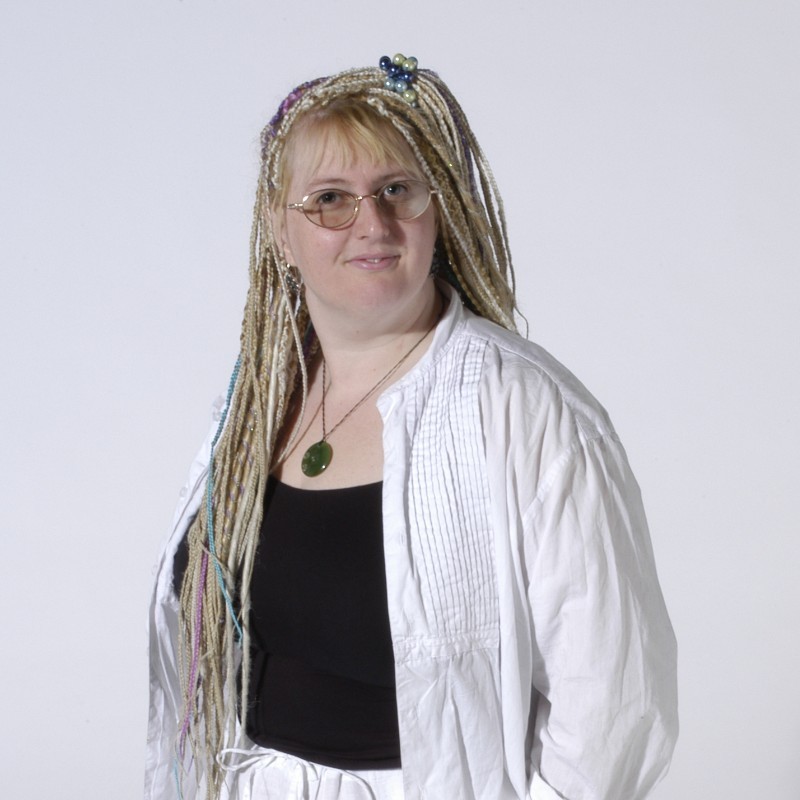Smartphones get services
As Motorola enters the Windows-based smartphone business with its Q device, the company is trying to tackle delivering business-grade services to users via a mobile device

Motorola chief executive Ed Zander wants to run his company from the palm of his hand - with a Motorola Q smartphone and the right set of services.
The Motorola Q is among the first Windows Mobile smartphones with a QWERTY keyboard rather than a numeric keypad, so it combines the phone-focused smartphone interface with something you can type a real email message on. This is turning into a popular form factor, with the Palm Treo 700 series, Samsung i320 and the HTC Excalibur taking the same approach.
In the US Motorola has already launched the Enterprise Edition of the Q with push email and a global address book lookup (a UK model with HSDPA connectivity is due this autumn). It also adds a larger battery because the original slimline version didn't last for long enough. That hasn't stopped them selling; Motorola shipped 150,000 units in the first 30 days.
One thousand of those went to Motorola itself, to equip employees. By the end of this year 5,000 Motorola employees will have a Q and access not just to email but to key business applications like SAP and to search results from the intranet as well as the Web. Ron Garriques, the president of the Mobile Devices business, uses his Q to make travel reservations, view the supply chain digital dashboard and track shipments of phones; "I haven't carried my laptop in four years".
This the tipping point for real business mobility, Ed Zander predicts. "Enterprises are going to go mobile the way they went PC. We're putting our internal apps on here, we're putting our company up on this thing." Zander has a slightly less bullish view of the Q but it's changed the way he works. "If I go to China for a week I'll take my PC because of attachments. If I go on a plane ride for ten hours I'd rather be typing on my computer than on this. But if I'm going away for a couple of days - this week I wasn't in my office Monday, Tuesday, Wednesday, I haven't been on the computer all week but I've done everything on here that will be important. You work smarter, maybe you have better decision making. And when I go home don't need to do 200 emails because I've done 100 of them on this. On the car ride home I can go through with a Q - I'm clicking delete, delete, delete or I'll see you tonight, I approve..."
It's ironic for a device that's connected nearly all the time it's turned on, but apart from the size, one main drawback of using a smartphone is what you don't have access to. You can read and edit Office documents, use line of business applications like SAP and search the web. However, a lot of the business information you need is in the documents on shares and servers around your company and you don't have easy access to those on the move.
If you're indexing with a Google enterprise search appliance, you can use the new version of Motorola's MOTOPRO Mobility Suite to create contextual search tools for the Q that retrieve information from your intranet. It can access ERP and CRM databases, email, spreadsheets and word processor documents and use metadata like where you are and what you're working on to get you the most relevant results.
Get the ITPro. daily newsletter
Receive our latest news, industry updates, featured resources and more. Sign up today to receive our FREE report on AI cyber crime & security - newly updated for 2024.
The way John DeFeo, vice president of Motorola's Enterprise Products division sees it, the unified communications strategy the company is pursuing with Microsoft isn't just about getting you the information you need on the move - "on any device, using any access" - useful as that is. It's about extending the business processes to cover the way people work and the information they need to have to get things done.
It's also about changing to a common approach for information access. "We can move from multiple point solutions in the enterprise to a structured architectural approach." Do the groundwork, DeFeo says, and you can reap the rewards by unlocking useful information and changing the way we retrieve it. "Information will be increasingly served up by a pre-populated cache. If you have a meeting, it's in your calendar, the Q has your calendar indexed. It's going to go out and pull information from the public internet and all available information from the corporate information store about the person that you're meeting with, about the company, any interactions from your CRM system and so on. You're not going to have to go get it, it's going to be on your device. We'll do directions and maps as part of the appointment location." He calls the solutions 'rudimentary' at the moment, and they're going to have to compete with RIM's similar mobile enterprise development tools, but the agreement with Google will be attractive to companies already relying on Google enterprise search.
Apart from the Q, the future of Motorola phones is Linux and Java. Chief technology officer Padmasree Warrior picked Windows Mobile for the Q because "The enterprise today is mostly Windows. Our vision of seamless mobility is that as a consumer you don't have to relearn anything. Most enterprises are used to Windows and used to seeing email a certain way. "While Motorola is working with Microsoft on projects like integrating Communications Server 2007 with the Mobility Suite, it's also developing common middleware to simplify enterprise development; the Q isn't the only device it will offer to the enterprise. Using the Mobility Suite, DeFeo's team ported a sales force automation app to the Q, to the rugged HC-700 phone (also running Windows Mobile 5) and to a Linux handheld, using the same UI for all three, in four and a half weeks. Motorola is working with system integrators Bearing Point to support businesses that don't have the resources to do development themselves.
This is just a first step for using context and presence to get you what you need on the move, says DeFeo. Next he wants to see voice over IP (VoIP) and voice-related services integrated with business processes (which is where Communications Server comes in); "A VoIP call comes in. I know who the caller is - I want contextual information about them on screen with the call." How much of this is a pipedream and how much is what businesses are actually asking for? "A few are on the leading edge. Some get it, some don't and others, interestingly, what they're saying is pause. Some are articulating a vision of mobility around VoIP. Others, at the very least they're starting to ask questions."
Mary is a freelance business technology journalist who has written for the likes of ITPro, CIO, ZDNet, TechRepublic, The New Stack, The Register, and many other online titles, as well as national publications like the Guardian and Financial Times. She has also held editor positions at AOL’s online technology channel, PC Plus, IT Expert, and Program Now. In her career spanning more than three decades, the Oxford University-educated journalist has seen and covered the development of the technology industry through many of its most significant stages.
Mary has experience in almost all areas of technology but specialises in all things Microsoft and has written two books on Windows 8. She also has extensive expertise in consumer hardware and cloud services - mobile phones to mainframes. Aside from reporting on the latest technology news and trends, and developing whitepapers for a range of industry clients, Mary also writes short technology mysteries and publishes them through Amazon.





